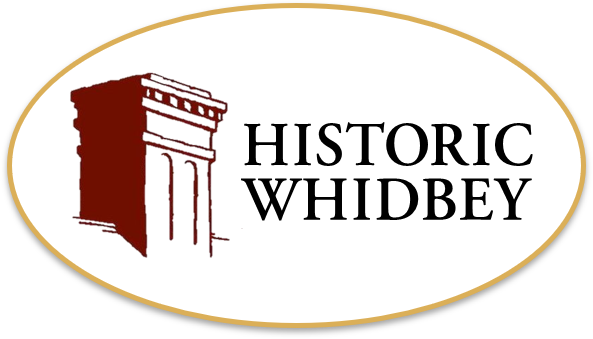Whidbey Island
bəc̓adᶻali (The place of Snakes)
A native metropolis of Skagit native people, Whidbey Island’s Penn Cove was a political and cultural center of Coast Salish people. The Island sits at the turnstile of three great waterways: Puget Sound, Straits of Juan de Fuca, & Straits of Georgia. In addition, the mouths of the Skagit, Stillaguamish and Snohomish mountain river systems empty onto Whidbey’s eastern shores. As a result, diverse peoples from far and wide passed through Penn Cove’s protected harbor as they paddled the Salish Sea for trade and diplomacy.
“An Island distinguished in the general chart by the name Whidbey’s Island is absolutely as fine a tract of land as I ever saw…”
– Peter Puget, HMS Discovery, 1792
British sea captain George Vancouver, sailing in the HMS Discovery, was the first European to enter Admiralty Inlet and explore Puget Sound, recording his first visit to Whidbey Island in the summer of 1792. Vancouver named it in honor of his ship’s master, Joseph Whidbey, whose charting forays into Saratoga Passage in the ship’s launch proved the island was not part of the mainland.
“Upon the whole, the tribe inhabiting Penn Cove are more advanced than any others in civilization.”
– Charles Wilkes, U.S. Exploring Expedition 1841
“Entrance to Deception Passage” - James Madison Alden, Yale University
In the 1850s, by land & by sea, Americans entered a complex multicultural theater, where 3 distinct Native cultures converged – and sometimes clashed – around an established British trading network.
Noting the island’s advantageous geography, settlers may have been envisioning a western Manhattan at the entrance to the great Puget Sound, but thanks to the replacement of schooners with locomotives in the nineteenth century, Whidbey communities remained small and rural. As a result the island is home to a rich legacy of founding era buildings — homes, farms and shops from the 1850’s onward.
Of all the newly founded communities on Puget Sound that got their start by 1851, only central Whidbey Island preserves both the architecture and landscape that bear witness to the first dramatic seasons of American settlement, the 1850’s & 1860’s.
“The country in the vicinity of this branch of the sea is, according to Mr. Whidbey’s representation, the finest we had yet met with, notwithstanding the very pleasing appearance of many others; . . . The numbers of its inhabitants he estimated at about six hundred, which I should suppose would exceed the total of all the natives we had before seen; the other parts of the sound did not appear, by any means, so populous. . . "
- Capt. George Vancouver, HMS Discovery, 1792
Support or Join the preservation warriors who carry the torch in preserving Coupeville's and Whidbey's extraordinary cultural legacy - Our National Treasure.
Learn more about Coupeville history with our exclusive 6-episode program of the town throughout the years!


